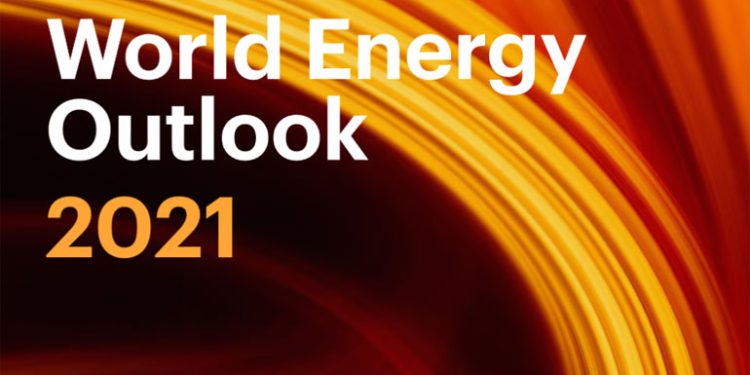Recently, the IEA released one of the most anticipated reports of this year: World Energy Outlook 2022. I’d like to highlight some of the important points in it and what it means for us going forward. But before that let’s discuss some of the developments in global markets.
First of all, the oil markets are still in a see-saw mode. Fears of demand destruction pitched against concerns of a supply crunch. Oil prices eased going into the weekends as China extended covid curbs. The health of Chinese economy is still under doubt and oil markets react to such concers given the country is the largest consumer of oil. IMF says that the country’s economy will contract by 1.2 percent to 3.2 percent. For context, it rose 8.1 percent in 2021.
OPEC will also be releasing their World Oil Outlook on 31st October, 2022 (tomorrow). I can anticipate that they will be reducing their demand estimates for next year and moving forwards. I think renewables will very slowly and gradually use some of the portion of fossil fuels as well (even though insignificant). Energy usage will also get more efficient. We will see what happens – it is due tomorrow (Monday).
Shifting gears, let’s talk about inflation. The Fed seems to be in a rock and a hard place where on one hand they have to control inflation, now touching multi-decades high, and on the other hand, prevent a cost of living crisis which will be more pronounced in the EMDEs (Emerging Markets and Developing Economies). This will happen as rising interest rates will continue to make dollar strong while putting downward pressure on other currencies. This in turn increase inflation and cost of living too creating a spiral of issues for everyone.

Mortgage rates in the U.S. have surpassed 7 percent which is the highest since 2002. We should also remember that it takes time for policy changes to reflect in the real economy so, as per an interesting article in FT, the true effects of the recent measures might show up in near future. Continued hikes of 75 basis point is making the case for a hard landing more likely. This is also increasing the chances of high unemployment as according to Deutsche Bank in order to get inflation back to the target of 2 percent, the rate of unemployment needs to go to 5.5. percent which is far more than what Fed estimated.
Therefore, challenges for the global economy remain.
Now the WEO 2022: IEA has defined the current energy crisis as “a shock of unprecedented breadth and complexity” where natural gas prices have increased to an equivalent of US $250 barrel of oil. Together will record high coal prices, increases in gas is responsible for 90 percent of “upward pressure” on electricity costs globally. The shortage created due to Russian halt of gas flows through Nord Stream 1 has caused Europe to import an extra 50 bcm of LNG in 2022 vs 2021. The current energy crisis have had serious socio-economic consequences as around 75 million people who previously gained access to electricity might lose it and around 100 million will revert to bio-fuels for cooking.
The list of statistics is very long, it is a 500 page plus report. But I believe the above few lines sets the stage and provides the context in which we are living. As such, the set of issues aren’t short term and it will take years for the remnants of this energy crisis to go away.
See you all tomorrow at Monday Macro View where I will be talking further about this report and also the OPEC’s World Oil Outlook.













